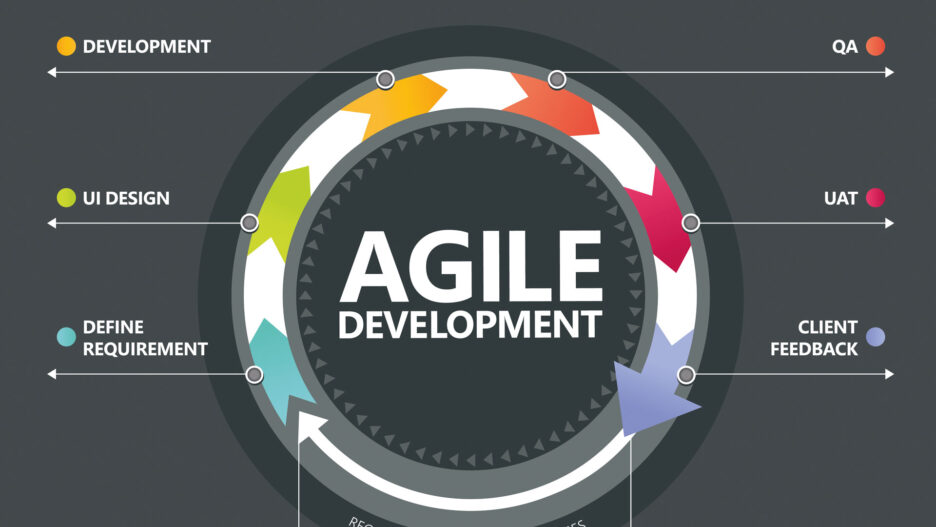The emergence of software engineering paved the way to devising various methodologies in information system development. One renowned group of methodologies is Agile software development. This follows an incremental and repetitive approach that involves self-organization and integrative work. There is no central authority to direct people of various functions to a goal. Instead, every member of the organization has goals parallel to the others.
The Agile software development life cycle is a set of methodologies as follows:
Scope. The Agile software development life cycle recognizes the complexity of system development. The development process is inclusive of more than the traditional perspectives in Information Technology. This means adopting multiple plans and seeing how the processes can attain the full cycle of development. The multiple scope of the development cycle then expands as the plan progresses to being developed and being operational.
Planning. The planning stage of the Agile software development life cycle involves the following considerations: specifying the opportunity available at hand, strategizing, and feasibility. The goal of the planning stage is to determine development potentials.
Initiation. The actual field work starts on this state. It involves funding, seeking for stakeholder support, determining the scope of the project, team building and environment set up, project estimation, and establishing an operational development model.
Construction Iterations. This step in the Agile software development life cycle involves arriving at quality software output. It involves analytical and repetitive work to determine viability in preparation for production.
Release Iterations. This stage in the Agile software development life cycle involves final output testing, defect-finding steps and improvement measures, documentation, training for both users and support teams and dispatch or endorsement to production.
Production. This means manufacturing the systems and taking steps to effectively launch it in the market and ensuring that the system will be used. Opportunities for releasing enhanced system versions may be seen.
Retirement. This is the part in the Agile software development life cycle where a part of the system or the entire system is going to be pulled from production. Several and complementary reasons for this happening may be system replacement, being outdated and redundancy.





![[Blog cover] SEO optimization best practices](https://svitla.com/wp-content/uploads/2025/05/Blog-cover-SEO-optimization-best-practices-560x310.jpg)